Travel bags will change significantly in the future
Table of Contents
2: History of the evolution of different products
3: Characteristics of product evolution (smaller and lighter or energy saving and decarbonization)
4: How will travel bags evolve?
1 : History of travel bags
The first travel bags (suitcases) were made for the travel of steamships and steam locomotives. Even though foreign travel has become mainly by plane, there has still been no radical change in the travel bag since the 19th century. It is probably due to the perfection of the travel bag made by Louis Vuitton in 1854.
One change in the travel bag was the introduction of wheels by Bernard D. Sadow in the USA in 1972 when he introduced the ‘Rolling Luggage (trolley bag).’ However, while the wheels increased convenience, they did not reduce the size or weight of the luggage. This convenience does not change the carbon emission of carrying a travel bag on board an aircraft. A travel bag may even have become larger and heavier, going against the trend towards smaller sizes and lighter weights, because they are now easier to transport on roads with wheels and no bumps.
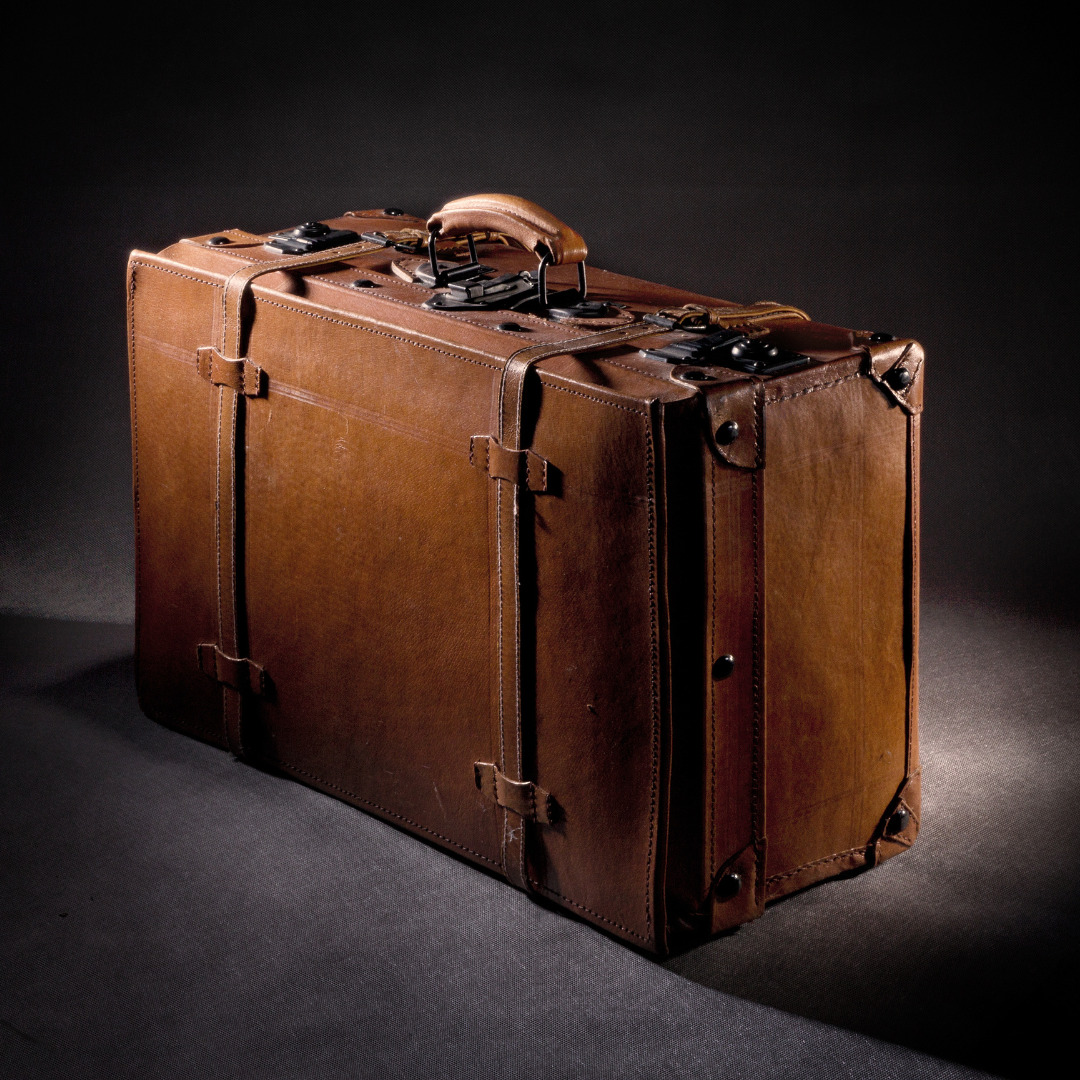
2 : History of the evolution of different products
Year of invention and evolution of various products
| Invented Year | Product Name | Current Situation (Shifted or Shifting) |
| 1854 | Travel bags (Suitcases) | Trolley bags |
| 1860 | Incandescent light bulbs | LED light |
| 1870 | Petrol vehicles | HV and electric vehicles |
| 1871 | Fixed-line Telephones | Mobile phones, smartphones |
| 1877 | Phonographs | CDs, MP3s, etc. |
| 1889 | Film cameras | Digital cameras, smartphones |
| 1897 | CRT | LCD, OLED displays |
| 1962 | Cassette tapes | CDs, MP3s, etc. |
| 1967 | Boom box | CDs, MP3s, etc. |
| 1971 | Floppy desk | HDD, SSD (Solid State Drive), etc. |
While there were no major changes to the travel bag, how did other products change? In 1860, six years after the launch of the travel bag by Louis Vuitton, the Englishman Joseph Swan invented the incandescent light bulb. Today, there is a shift towards low-emission LED lighting. Many countries regulated in production of incandescent bulbs. And the US Department of Energy (DOE) announced a rule banning the sale of bulbs with less than 45 lumens per watt on 26/04/2022. This announcement aimed at encouraging a shift from incandescent bulbs, which are less energy-efficient, to LED bulbs and other light sources.

In 1870, ten years after the incandescent light bulb, the petrol car was invented by Austrian Siegfried Marcus. At the time of the invention of the petrol car, electric cars were also available, but due to differences in mileage and other factors, petrol cars became the mainstream. In 1997, the Prius hybrid vehicle was launched. The advertising slogan at the time, “Just in time for the 21st century“, was very impressive. Today, there is a shift from petrol to electric vehicles, with the aim of decarbonization triggered by growing interest in climate change issues. On 27 October 2022, the European Union agreed to effectively ban the sale of petrol and other internal combustion engine vehicles by 2035.

In 1871, a year after the invention of the petrol car, the Italian Antonio Meucci is credited with inventing the fixed-line telephone. Since then, there has been a shift towards smaller, lighter mobile phones and smartphones.
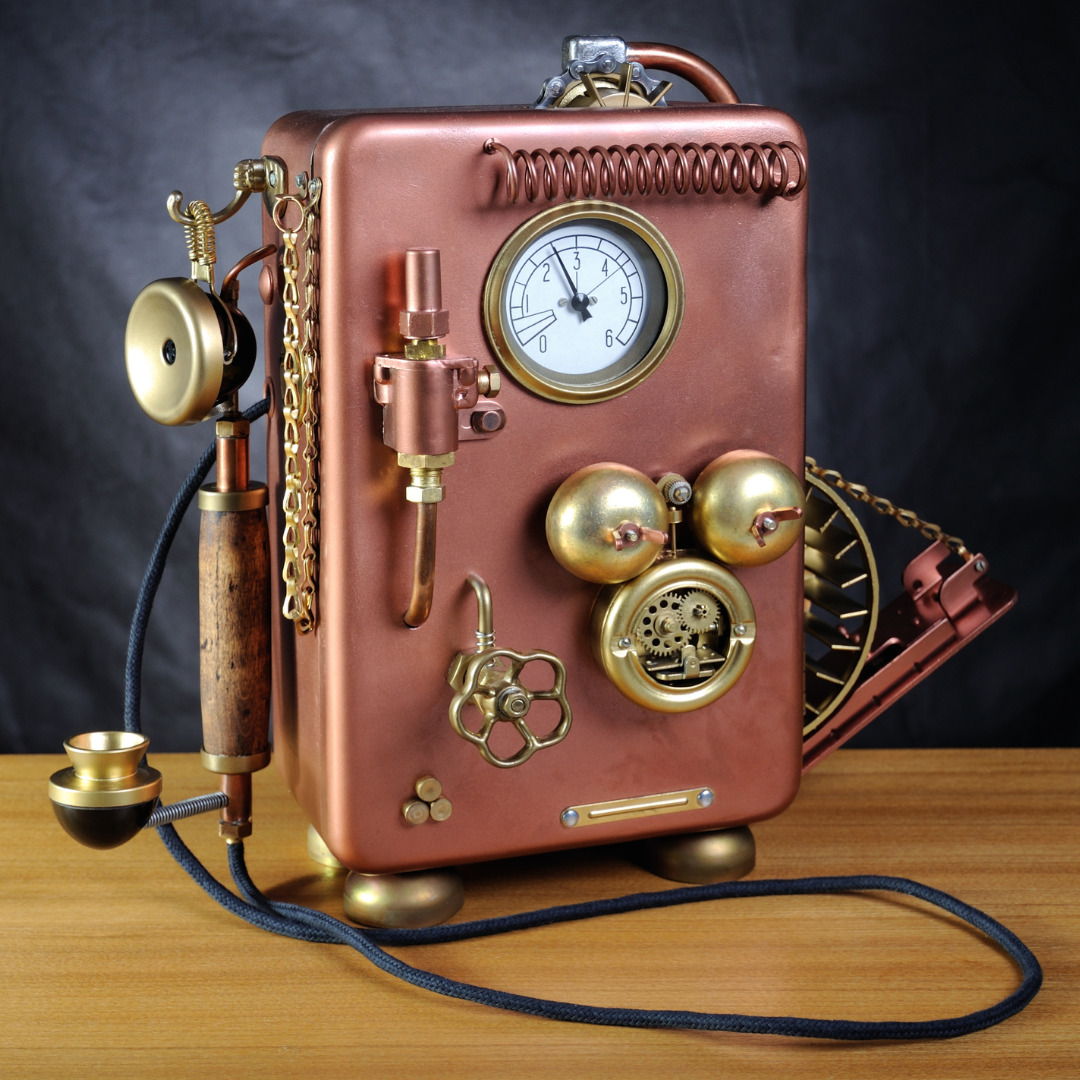
In the field of music, Thomas Edison invented the gramophone in 1877. The idea of the gramophone was carried over to the record player. Thereafter, there was a shift to CDs and MP3s, which were smaller and lighter.

In the field of imaging, ‘roll film’ cameras made from celluloid were launched in 1889 by the American company Eastman Kodak. Thereafter, there was a shift towards smaller and lighter digital cameras and smartphones.
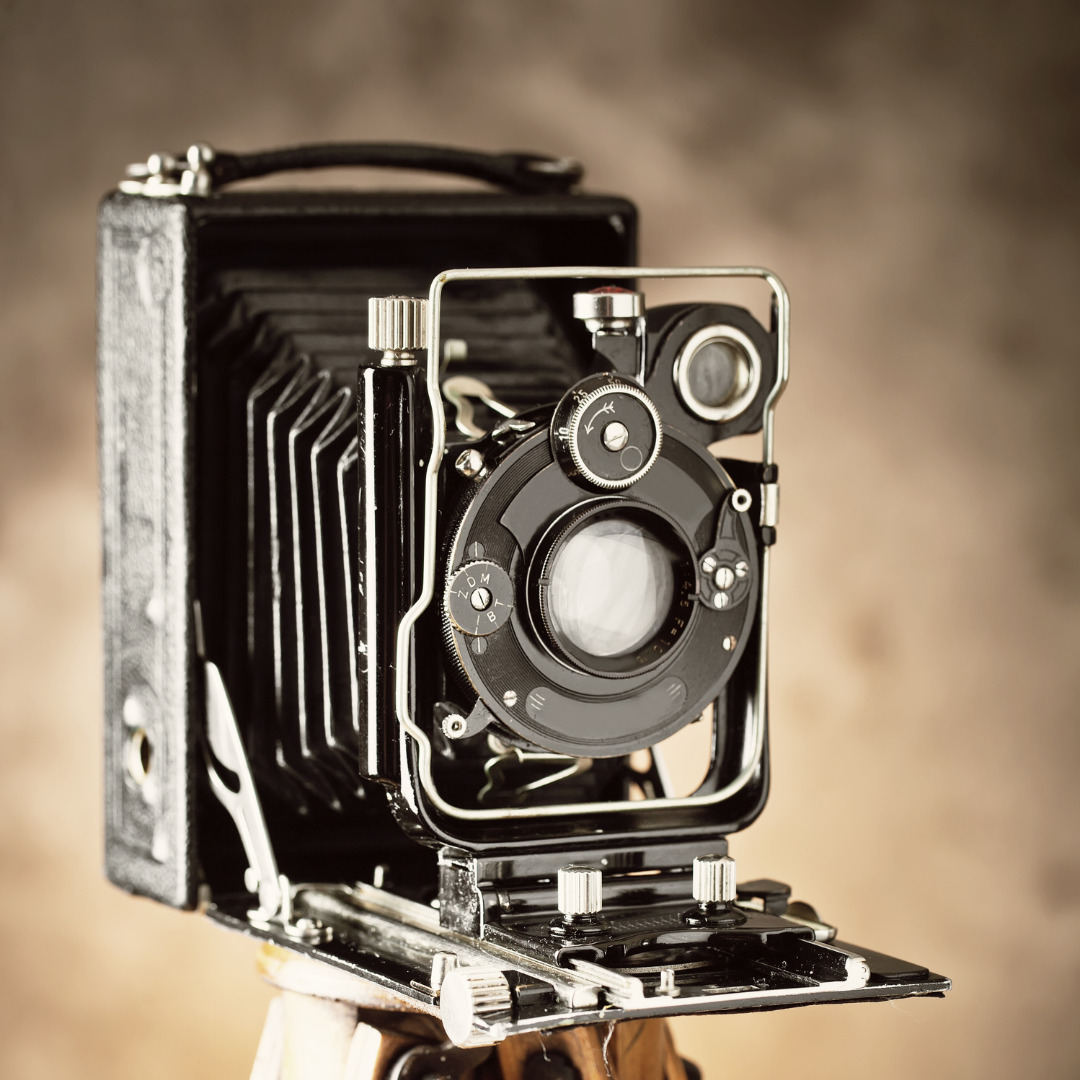
Eight years after the film camera, Karl Ferdinand Braun invented the cathode ray tube (CRT) in 1897. The cathode ray tube (CRT) shifted to smaller, lighter, and thinner LCD and OLED displays. In Japan, Sharp had a TV commercial featuring actress Sayuri Yoshinaga broadcast in January 2000. This advertising slogan was “What we leave behind in the 20th century, what we take with us into the 21st century.” This advertising slogan gave the impression of a shift from cathode ray tubes (CRT) to LCD TVs.

In the 1900s, Philips developed the cassette tape (the standard magnetic recording tape medium for audio) in 1962. This was followed by a shift to CDs and MP3s, which were smaller and lighter.

The boombox (radio cassette recorder), which combined a cassette tape recorder with a two-band radio (FM and AM), was launched by Matsushita Electric Industrial Company (now Panasonic) in 1967. A boombox shifted towards smaller and lighter CD players and MP3 players.
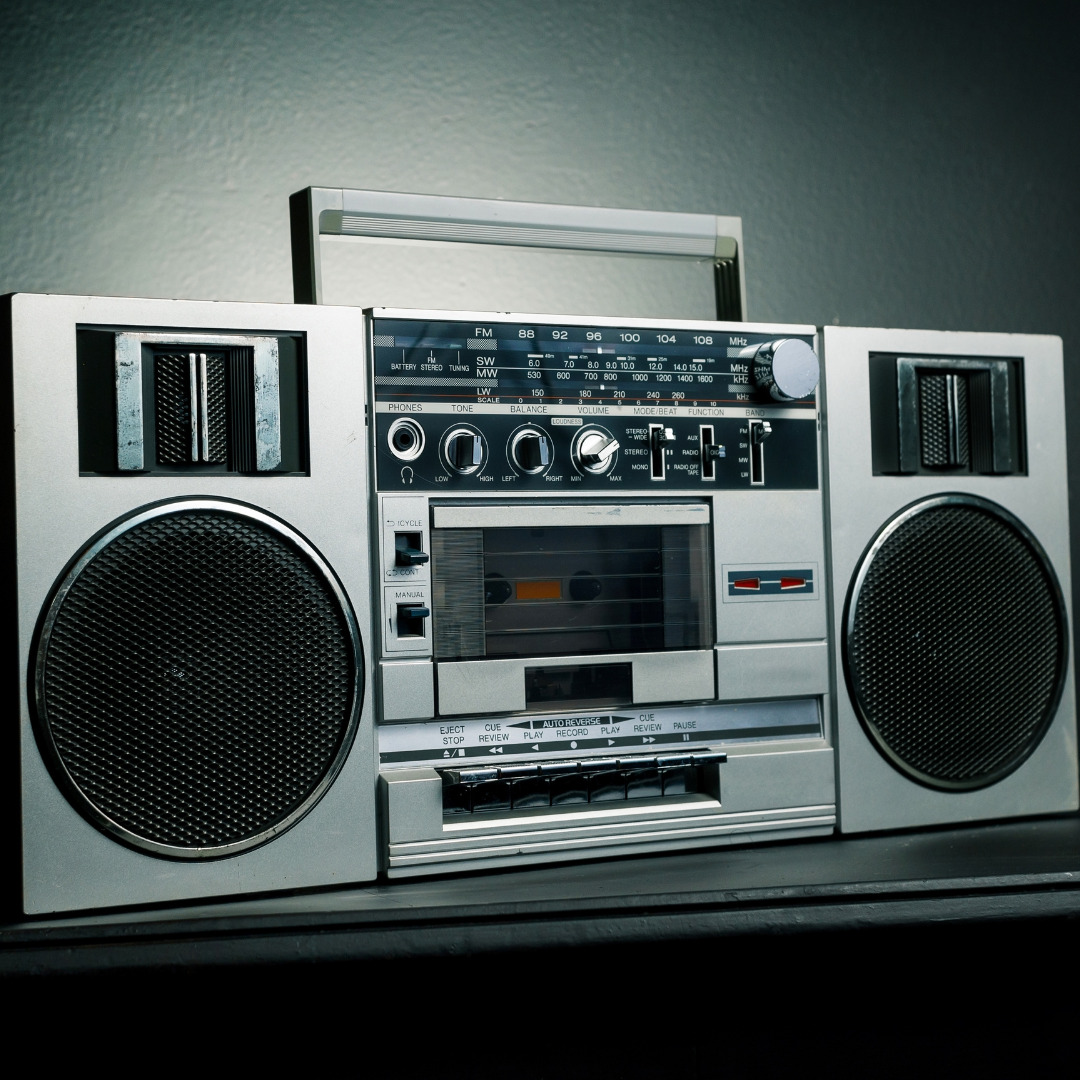
In the computer field, floppy disks were developed by IBM in the USA in 1971. Thereafter, there was a shift to HDDs with larger storage capacity and SSDs (Solid State Drives), which are smaller and lighter.
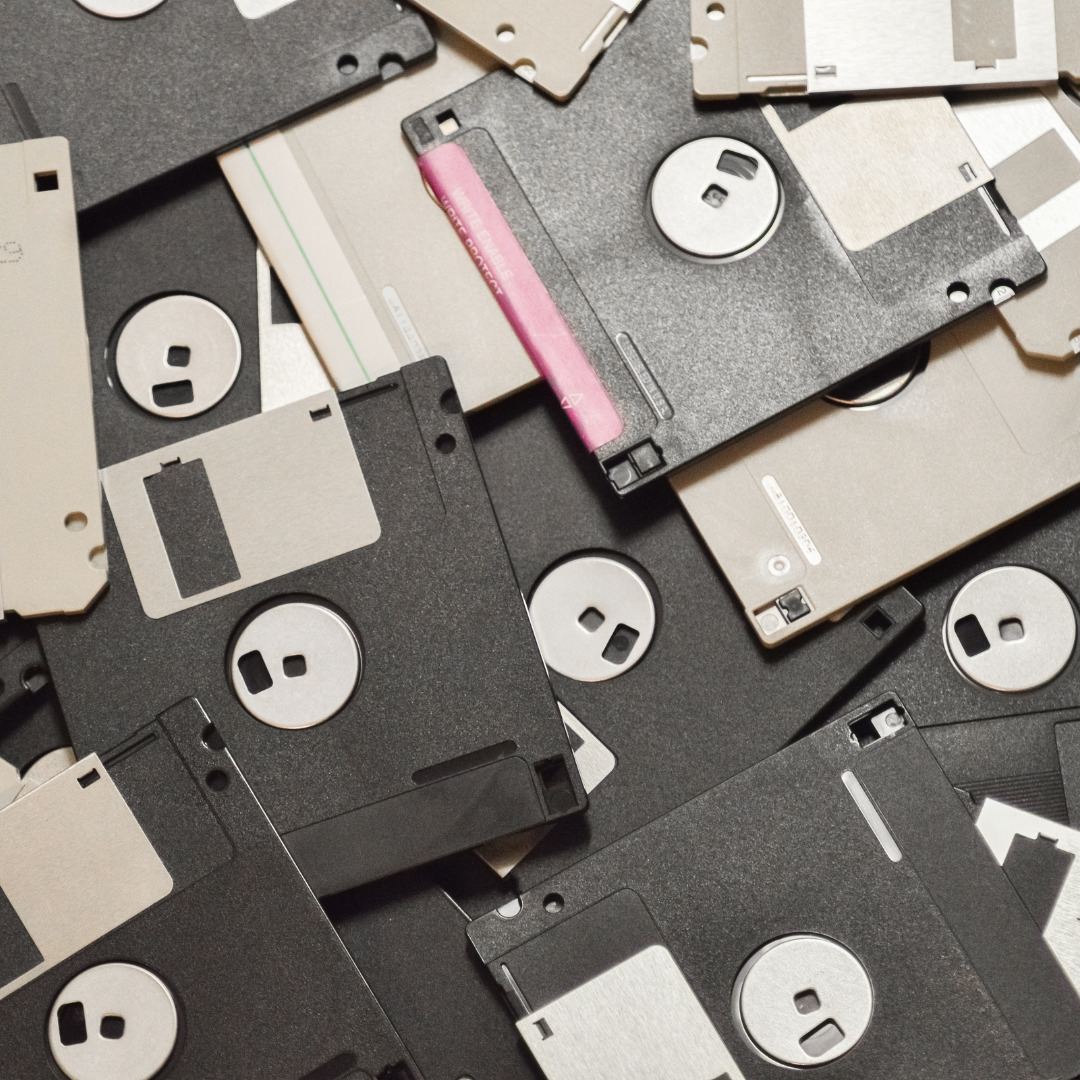
3 : Characteristics of product evolution (smaller and lighter or energy saving and decarbonization)
This history of many product evolutions since the 1800s shows a shift towards smaller and lighter or energy saving and decarbonization.
Smaller and Lighter
| Fixed-line phones → shift to mobile phones and smartphones Phonographs → shift to CDs, MP3s, etc. Film cameras → shift to digital cameras and smartphones CRTs → shift to LCDs and OLED displays Cassette tapes and boom boxes → shift to CDs, MP3s, etc. Floppy disks → shift to HDD, SSD, etc. |

Energy saving and Decarbonization
| Shift from incandescent bulbs to LED lighting Petrol vehicles (internal combustion engine vehicles) → electric vehicles |

4 : How will travel bags evolve?
Just as many products continue to evolve, we believe that travel bags (suitcases) are also undergoing a period of evolution and change. The carbon dioxide emissions from carrying travel bags on board airplanes are extremely high. So we expect that many countries will start to ban carrying heavy personal luggage (travel bags) on board airplanes in the future, similar to the regulations for incandescent light bulbs and petrol-powered cars (internal combustion engine vehicles).
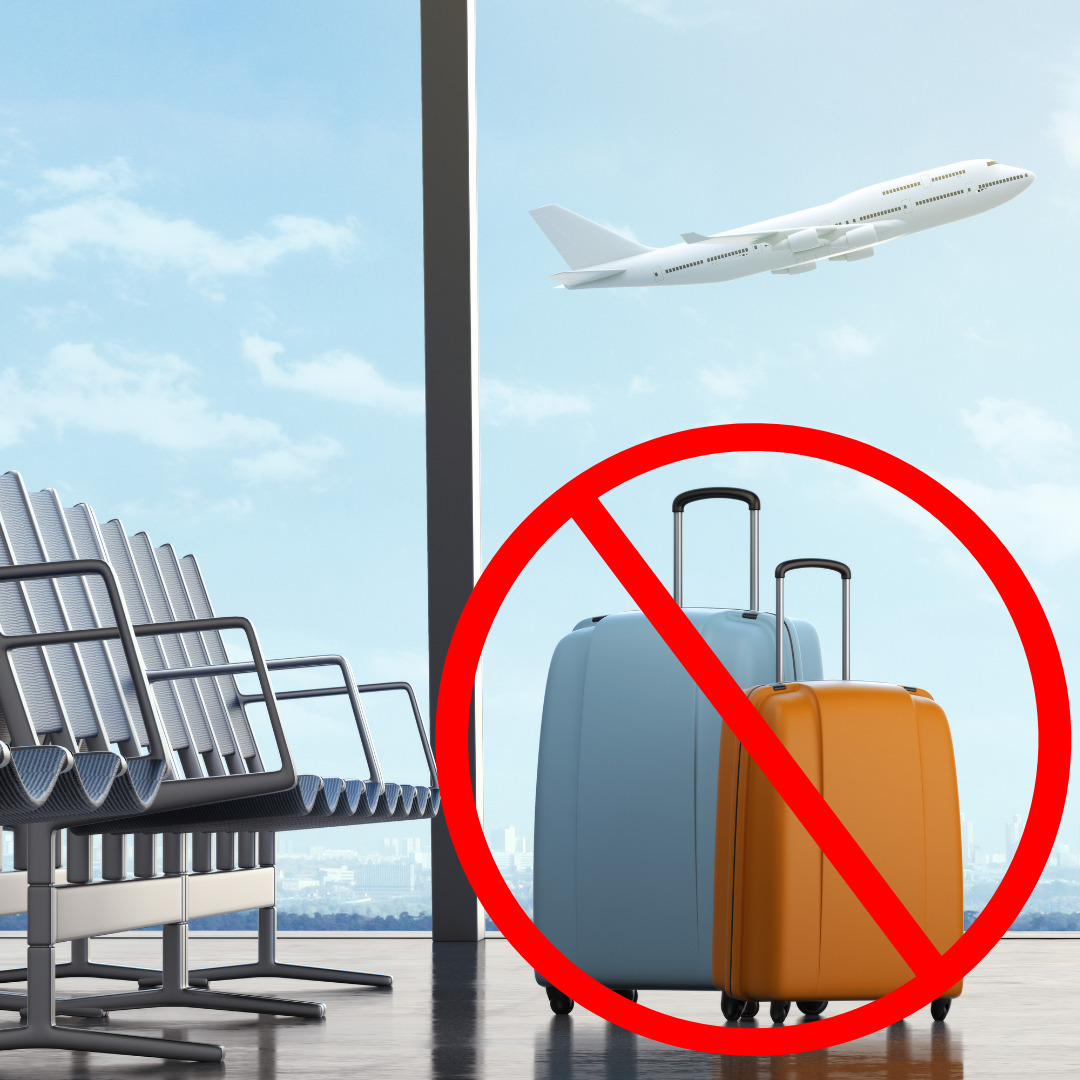
Various products developed in the 1800s and 1900s required significant innovation to save energy and decarbonize. But it is not at all difficult to save energy and decarbonize by changing travel style. Save energy and decarbonize can be achieved quickly by renting clothing and other travel necessities at the destination. Furthermore, “easy travel” by reducing the size and weight of luggage will be an easy solution for people such as the elderly, people with disabilities, and people traveling with children. This “easy travel” contribute to bridging the “travel divide”. Please consider using our travel rental service.
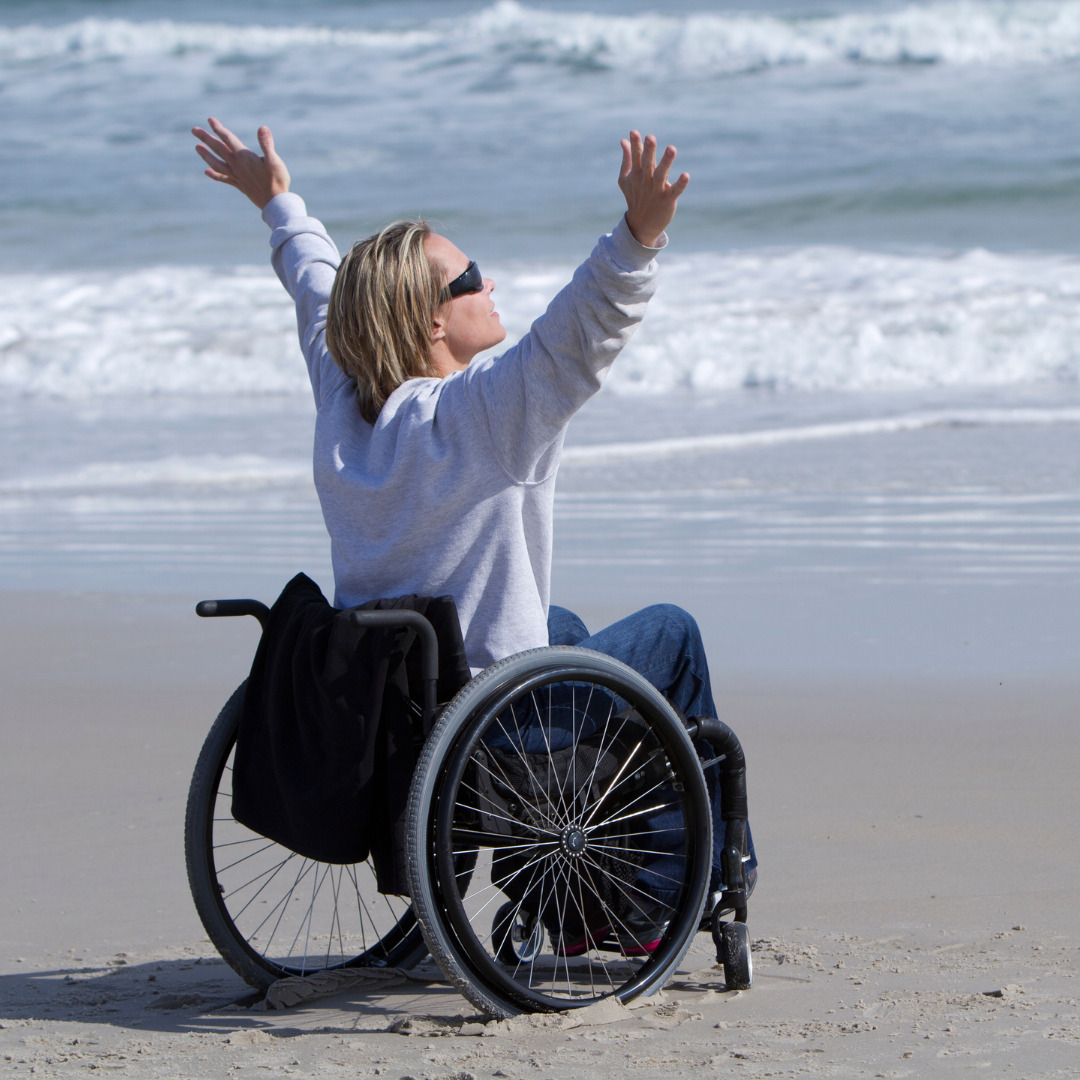
The travel bag evolved only in terms of convenience with the addition of wheels in 1972. It will be precisely 50 years from that point in 2022. It is about time that travel bags were made smaller, lighter, more energy-saving, and decarbonized through sharing (rental at travel destinations). We make sustainable travel a reality through this.
If travelers don’t carry 20 kg of luggage on board, they can save 11 days of carbon dioxide emissions per person and 179 days of carbon dioxide emissions in the living sector (round-trip Japan and overseas). This effect is equivalent to the annual carbon dioxide reduction effect of planting 186 trees. For more information, see our BLOG “Sustainable travel by reducing luggage” and “Reducing luggage when traveling reduces CO2 emissions“.

According to a 2022 Booking.com survey, 81% of global travelers and 73% of Japanese travelers said that sustainable travel is important to them. Why not start now to evolve your travel style in line with travelers’ needs?
Notice
We are planning to launch a travel rental service next spring to reduce the amount of luggage carried on board airplanes and to make it easier for everyone to travel around the country without hand luggage. Until the rental service is launched, we will be offering free itinerary creation for the first 10 passengers.
I have traveled a cumulative total of more than 200 times, almost every two months, both domestically and internationally, and have created many itineraries. In addition, our company has already compiled a database of more than 20 000 tourist destinations in Japan. We create itineraries according to travelers’ preferences, so please contact us via the ‘Registration / Inquiries section if you would like to do so.
